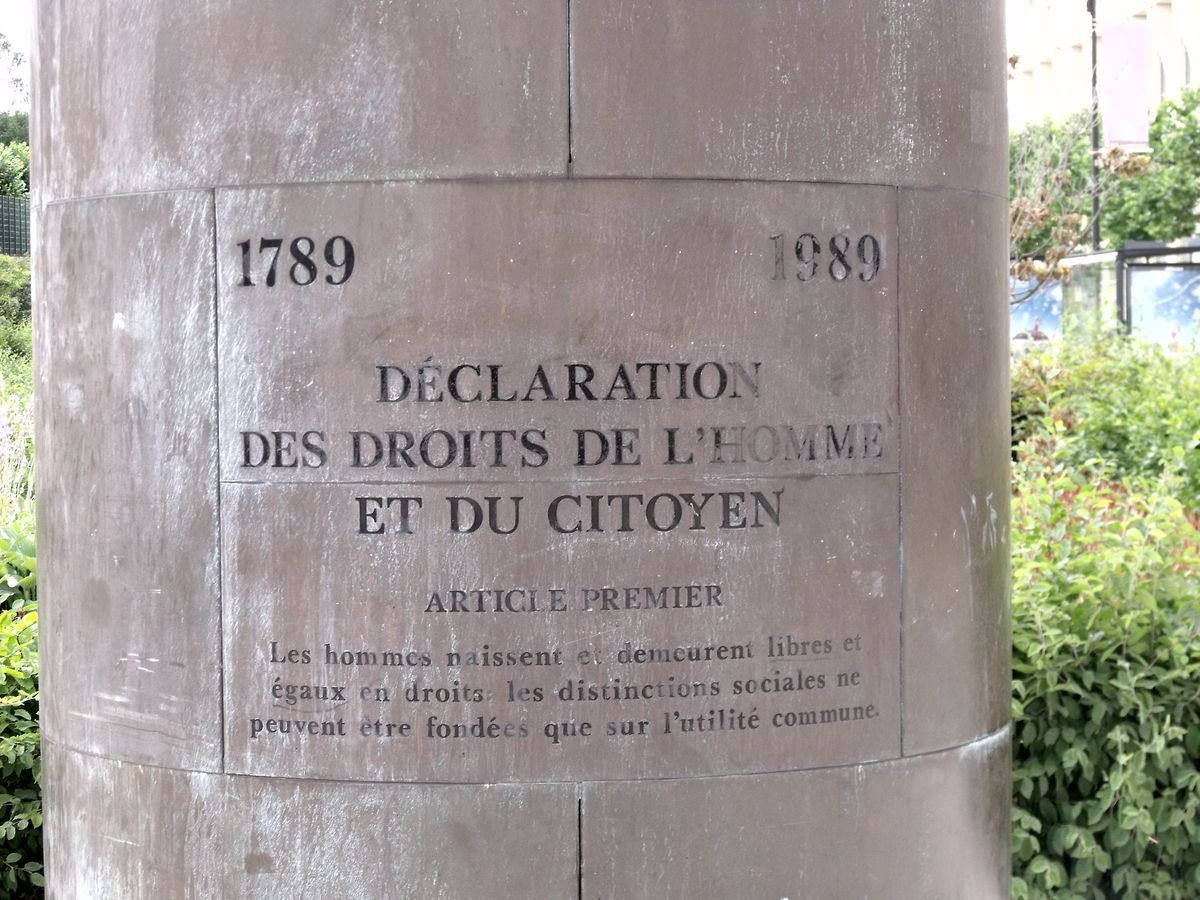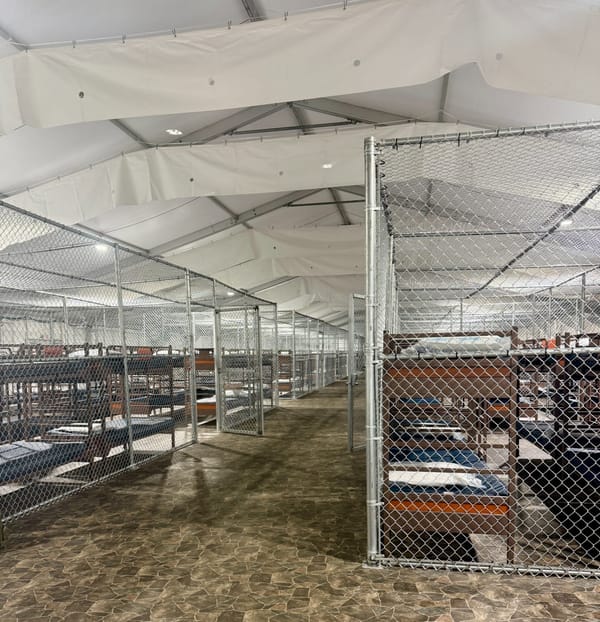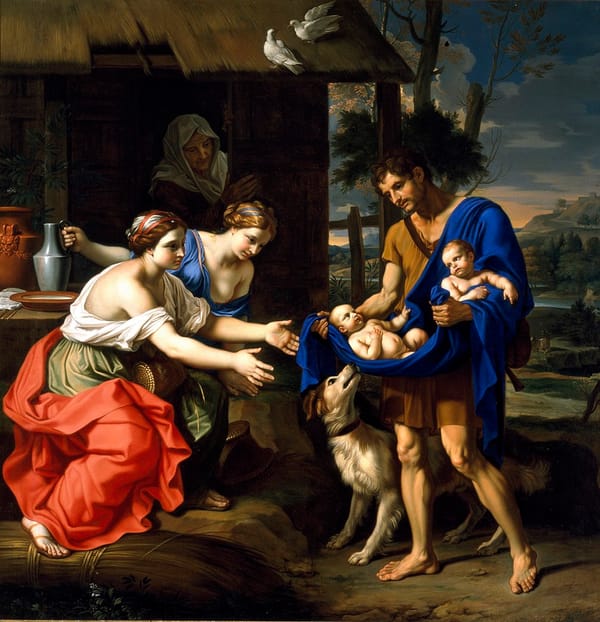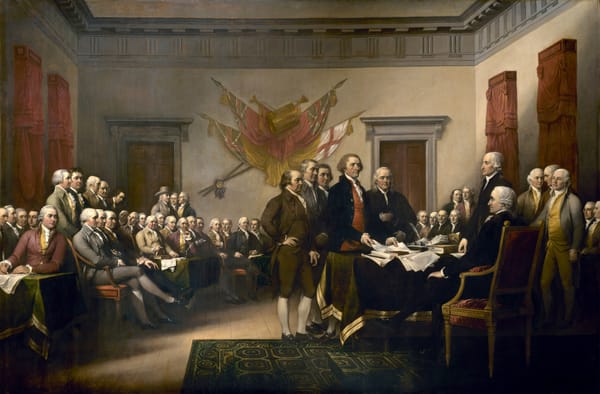The Antimonies of the Liberal Self-Image

If you had asked me a few years ago what political tradition I belonged to, I would have been confused by the very question. Not only did I have little interest in politics at the time, but I had no idea that I belonged to any tradition whatsoever. I merely thought of myself as an individual— one whose political commitments were driven by common sense, personal experience, and reflection. Thus while I might have—if pushed—been able to articulate my values, I didn’t see these commitments, nor their specific meanings, as emerging from, or bound up with, any tradition at all.
The truth is I did belong to a political tradition — and I owe my values, my views on the role and purpose of government, and how I think about justice, to the active influence of that tradition. That tradition is liberalism, that is, the political tradition whose spokespeople include John Locke, Adam Smith, John Stuart Mill, Isaiah Berlin, John Rawls, Robert Nozick, Ronald Dworkin, and Martha Nussbaum, among many others. Thus I am speaking of ‘liberalism’ not in the narrow sense in which Americans speak of ‘liberals’ in a specifically partisan context, but rather what John Gray in Liberalism calls the political theory of modernity and the Enlightenment.
This is a broad and diverse tradition, which comes in both ‘classical’ (libertarian) and ‘progressive’ (liberal egalitarian) variants. But these diverse strands nevertheless find unity in a shared commitment to securing the conditions of individual autonomy or self-rule. As Larry Siedentop puts it in Inventing the Individual: The Origins of Western Liberalism, ‘the only birthright recognized by the liberal tradition is individual freedom.’ Importantly, the scope of this freedom has always been a matter of controversy and contention among liberals. Prior to the 1960s, most liberal democratic states felt it within their authority to enforce communal (traditional Judeo-Christian) standards of decency and decorum. Thus laws against blasphemy and homosexuality were commonplace, and most iconoclasm was squashed by means of intense social censure. But this changed radically in the wake of that tumultuous decade, the Sixties, which saw the emergence of a number of social movements, which significantly transformed liberal societies. During this period, the liberal commitment to autonomy merged with a romantic preoccupation with self-expression thereby expanding the scope of individual freedom in unprecedented ways. It is because of this grand synthesis of liberalism and romanticism that, as Canadian political theorist Will Kymlicka has pointed out, most liberals today — whether classical or egalitarian — generally endorse the following principle: that my life goes better if I’m leading it from the inside, according to my beliefs about value. This, as I see it, is the core tenet of the modern liberal tradition, and it underwrites a range of modern institutions — from rights discourse, to the market and consumer culture, to contemporary humanitarianism — and it is this tradition that has fundamentally shaped my own sense of self.
The myth of neutrality
Why do I and so many other liberals fail to notice the importance of our participation in the tradition of liberalism? As communitarians such as Charles Taylor, Michael Sandel, and Alasdair MacIntyre have pointed out, one of the problems with the liberal self-image is that it can lead us to deny or dismiss our social and political debts. This stems from a tendency towards a version of individualism—to be distinguished from giving priority to individual autonomy—which is atomistic; that is, unconnected to other individuals. As a result, we liberals claim to speak from a place of neutrality when in fact we speak from within a particular tradition. Moreover, we take for granted the institutions, social practices, and norms upon which our tradition relies. Communitarians also criticize the liberal tendency to view freedom and community as antithetical to one another, as if more of the one must mean less of the other. This conception of freedom emerges from the romantic notion that we all have a ‘true self’ which is pre-social in essence. In turn, becoming autonomous amounts to shedding one’s layers of cultural conditioning (be they familial, religious, or societal in origin) in order to realize who one truly is.
This self-image is not a novel construction, but rather finds deep roots in liberal political thought: in both the social contract theory of proto-liberal Thomas Hobbes, as well as that of classical liberal John Locke, the liberal self is represented as atomistic in nature. And this is also true of the liberal self in the egalitarian thought of John Rawls: in his famous critique of Rawls’s Theory of Justice Sandel aptly deemed the self implicit in Rawls’s liberal thought ‘unencumbered’, meaning without any constitutive attachments.
No doubt, the reason liberal theorists have advanced such a questionable sociology is because they have aspired to rise above the fray and remain neutral among competing options. It is the dream of every liberal philosopher that their political tradition be unlike any other, that it reflect a kind of universal perspective from which the parochialism of all others becomes clear. This is especially true of Rawls, whose political liberalism is meant to provide a kind of level playing field for the vast array of ‘comprehensive doctrines’ (or worldviews) which exist in liberal democracies.
But the problem with this approach is that it betrays reality. The truth is liberalism is not neutral, and never has been. Indeed, it is a tradition, just like any other, replete with its own set of virtues, and dependent upon an array of social practices and institutions, all of which significantly shape the identities of its adherents. It is time we liberals started admitting this—even embracing it.
The liberal response to the communitarian critique
Liberalism has long been charged by communitarians with breeding narcissistic individualists who fetishize individual freedom at the expense of community and tradition. Yet, in the wake of what became known as the liberal-communitarian debates of the 1980s a number of sociologically sensitive liberal theorists wisely began to draw attention to the significant discrepancy between liberal theory and liberal practice.
For instance, in Liberalism, Community and Culture Kymlicka argued that liberals are not against community as such; they simply seek to grant individuals the freedom to “revise their ends” should they so wish. Indeed, for liberals commitment to a community is not authentic if it is coerced or imposed from above, hence why we believe that the state ought to let individuals choose for themselves how they wish to associate. Similarly, Stephen Macedo argued in Liberal Virtues that liberals are not against notions of the common good; they merely have a different conception of what this consists of than conservatives: for liberals the common good amounts to realizing social conditions within which individuals can become autonomous (though not necessarily self-sufficient). And in Liberal Purposes William Galston bravely admitted what too few liberals before him had been willing to: that “liberalism is in fact far from fully neutral with respect to conceptions of the good.” He explained,
Liberalism does not undermine community; it is a form of community. Liberalism does not reject virtue; indeed, it needs a wide range of virtues to maintain itself. Liberalism does not thwart democratic participation; it contends only that democracy must be situated within a broader moral framework that includes both collective purposes and individual rights. Liberalism does not deny equality: it proposes an understanding of moral equality compatible with differences of individual endowment and social outcome.
The insight which pervades these three liberal theorists’ accounts is that we must distinguish between the liberal subject as classically described in liberal theory (atomistic, self-sufficient, and traditionless), and liberal subjects as we exist in social reality (social, interdependent, and constituted by a distinctly liberal tradition). The subject in traditional liberal theory comes into the world fully formed and atomistic, with desires and interests that have not been shaped by society or culture. But, as these liberal theorists correctly point out, no actual person is like this. We do not exist atomistically, but are instead the byproduct of particular communities (whether we realize it or not); that is, our values have been significantly shaped by the institutions we belong to and partake in, and for this reason we rely on them in both social and existential ways.
What we learn from these thinkers is that liberal theory may invoke a problematic sociology, but living breathing liberals don’t need to view ourselves in this way. And the fact is, many don’t. There are loads of us who, while committed to individual autonomy and self-expression, recognize that our ‘true self’ has been shaped significantly by the (liberal) communities we belong to. Our existence makes evident that communitarians and conservatives are just wrong to say liberalism necessarily precludes community of any kind, since we liberals are staunchly committed to the liberal communities to which we belong. Ultimately, all that liberalism precludes are closed and chauvinistic communities at odds with a pluralistic society — a fact too often overlooked by conservative critiques of liberal modernity.
Unfortunately, too few liberals understand this. In fact, many just cede the community card to conservatives, instead of making the case for a distinctly liberal community. Again, I think this is the result of the liberal self-image: we liberals fail to see just how much what we care about, are committed to, and love depends on liberal institutions and social practices. Indeed, modern liberals can and sometimes do embody the undesirable character painted by communitarians, but I would argue this is only when they internalize the self-image of liberal theory. Paradoxically, liberal societies function best when liberal citizens don’t internalize the liberal self-image.
In sum, liberal societies per se do not produce atomistic or selfish individuals. This occurs only when liberals fail to realize that when we look within for our ‘true self’ we are not thereby identifying some pre-social essence, but instead an essence that is significantly bound up with, and formed by, the liberal society in which they live. Thus we who wish to live in a community which prizes autonomy must understand that such a community is a community like any other (not some neutral playground for competing worldviews), for once we do so we shall come to see that championing autonomy and self-expression is not at odds with championing community — since the former is contingent upon the existence of the latter.
Toward a communitarian liberalism
What liberals today must recognize is that the liberal tradition at its best has always sought to synthesize the following kernels of wisdom: because we are social beings we need community, but community and autonomy are not at odds. This is because realizing our ‘true selves’ depends upon the survival of particular communities, whether we acknowledge this or not. At the same time, because life is better when lived from the inside, we must create institutions and norms which prioritize individual freedom, and allow individuals to make their own mistakes. This is the basis for liberal community.
I call this a kind of communitarian liberalism (inspired by the great social theorist Émile Durkheim), for it endorses liberalism from a communitarian standpoint, one which recognizes that a liberal society can only flourish provided liberal social practices and institutions are cultivated and protected.
So long as we liberals accept and embrace the liberal self-image — of ourselves as atomistic individuals whose freedom is attained by means of shedding our constitutive attachments — we, and everyone else, shall suffer. For such a self-image, when taken seriously, can lead only to soulless communities and crushing anomie, not to mention brutal selfishness and offensive inequality.
What is required then is twofold: first, liberals must reject the liberal self-image: we must learn to see ourselves as inheritors of a political tradition, and as dependent upon the existence of a distinctly liberal community. Second, we liberals must challenge the sociologically naïve account of freedom presumed in liberal theory. To be free cannot mean to shed our selves of all the influences of society or culture, for while these might in some instances oppress us, they also provide us with the moral resources to identify and call out oppression.
Much like everyone else, we liberals have been formed and shaped by a particular tradition, replete with its own set of virtues, practices, and moral ideals. Until we embrace this we shall lack the ability to defend ourselves against the many critics hostile to liberalism. But more importantly, only then shall we truly be able to live up to the ideals of our venerable tradition.
Featured image is Declaration of the Rights of Man Bi-centenial statue, by Elliot Brown




